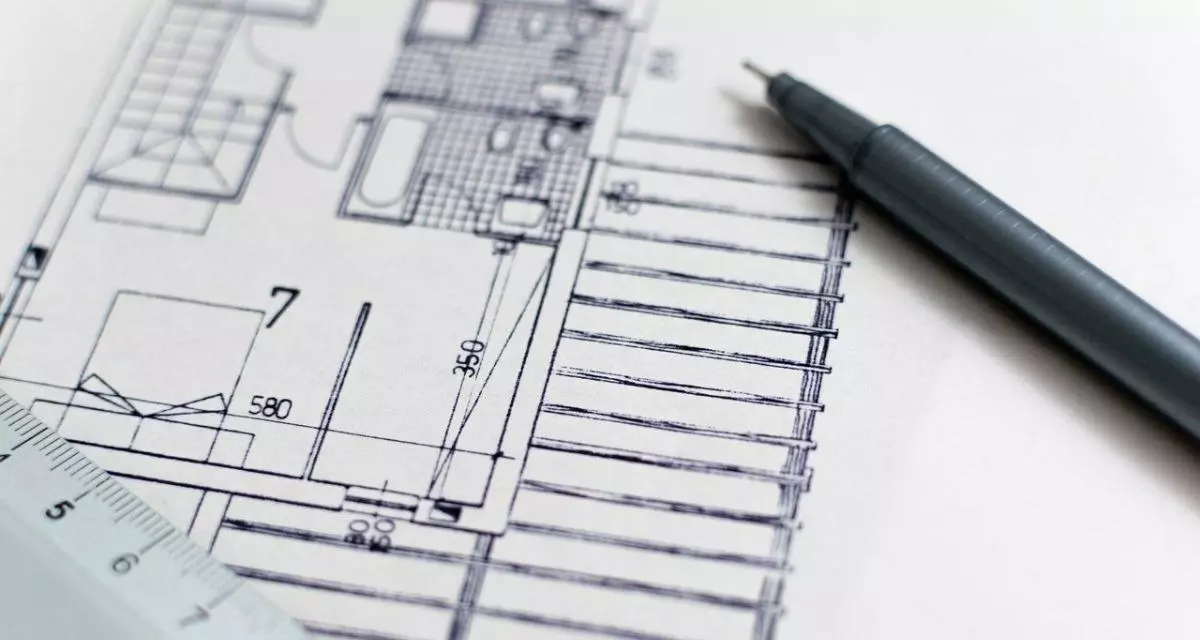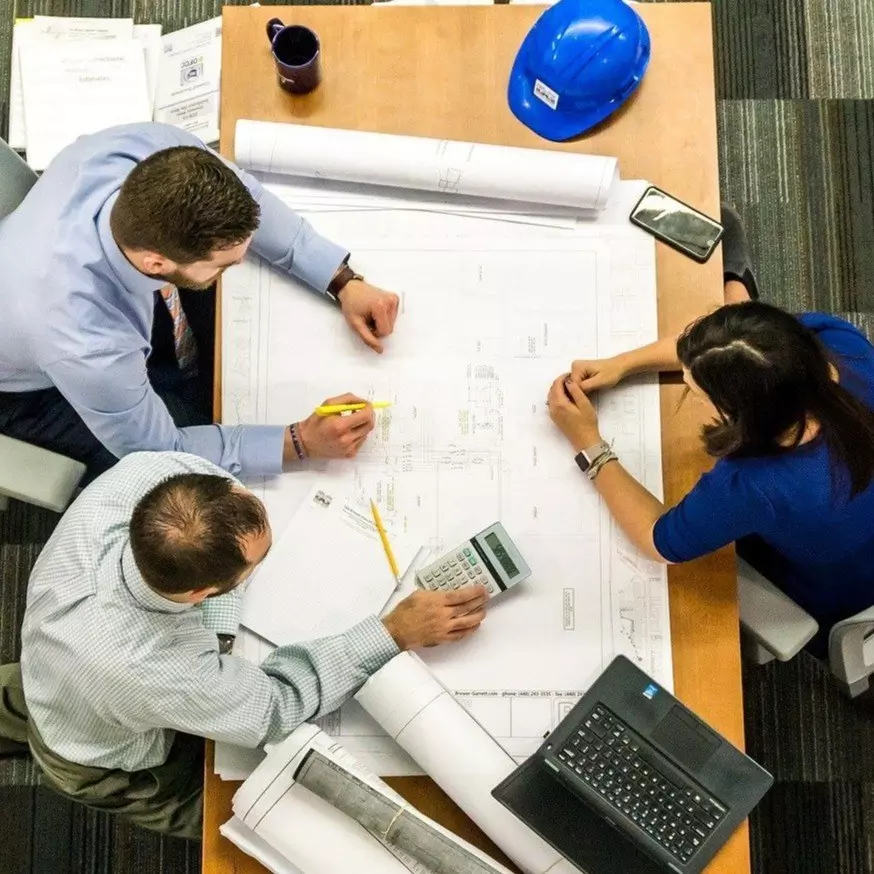Learn how CDM risk assessments help ensure safety, compliance, and efficiency by addressing hazards from the design phase to project completion. Discover the key components, processes, and best practices for conducting effective CDM risk assessments.
What is a CDM assessment?
It is a set of UK law regulations that came into effect to improve the overall safety and health of the construction industry. A CDM risk assessment is a systematic process. It helps test, identify, and manage risks that could arise during a construction project. Common health and safety risks are key considerations in any construction project. These risks include falls when working at height, and risks when cleaning or maintaining equipment. It can also involve hazards associated with specific construction activities.
The CDM risk assessment seeks to identify these hazards before they occur. Then, workers can plan suitable controls to manage, avoid, or reduce them. It's essential for ensuring the safety and well-being of everyone involved on a construction site. By recognising potential dangers early on, you can put effective strategies in place to reduce them. This will ensure safer and more efficient operations. Regular reviews and updates to the risk assessment help to address any new hazards that may arise.
The goal is to create a working environment that is not just safe, but also free from health risks. It must ensure that people are not affected or injured. It also has considerable scope in the planning and preparation phase of construction projects. It involves considerations that extend to everything from design to site management.
What are the key aspects of CDM?
It's important to examine some of the key aspects of CDM. These aspects are Client Responsibilities, Principal Designer and Designer Duties, and Principal Contractor and Contractor Duties. They help lay the foundation for a successful and risk-free construction project. These roles carry specific responsibilities and requirements.
Clients, for example, must ensure the project is correctly managed to ensure health and safety. Principal Designers and Designers are tasked with the job of integrating health and safety into the design process. Principal Contractors and Contractors then take this design and install it on-site. This enables you to control the construction phase and make sure health and safety risks are monitored.

Work must be supervised to prevent any potential hazards. Regular safety checks and communication between all parties involved are essential. You can successfully maintain a safe working environment. Everyone must adhere to the established safety protocols to minimise risks.
All team members should be adequately trained and informed about the health and safety measures relevant to their tasks. By working together, you can ensure a secure and productive construction site. Trade workers on a site also play a vital role in maintaining safety standards. Worker engagement and consultation are prime aspects of CDM. They allow potential hazards to be identified and controlled.
The creation of a Health and Safety File is another crucial element throughout a project. This file keeps a complete record of all control and safety measures involved. It serves as an essential document for future maintenance or renovation work. it ensures that anyone working on the site in the future is aware of any risks and necessary precautions.

What are the benefits of a CDM assessment?
When considering the ins and outs of CDM, it can reveal numerous benefits. A CDM risk assessment significantly reduces project risks. They help enhance safety and contribute to more effective planning and management. It ensures compliance with the UK's health and safety requirements and can help avoid regulatory fines. It can also lead to fewer injuries and incidents, lower insurance premiums, and a safer and healthier work environment. This, in turn, contributes to improved worker morale and productivity.
Encouraging safety can enhance the company's reputation. It will help attract potential clients and skilled employees who value a safe workplace. Investing in safety measures is a legal obligation but also a strategic business decision. It promotes long-term success and sustainability.
A well-conducted CDM risk assessment helps in identifying potential hazards early. You can allow for prompt and effective strategies. This approach not only protects workers and assets but also minimises downtime caused by accidents or legal issues. It creates a sense of safety and responsibility. Doing so ensures everyone involved is more observant and informed about their surroundings and tasks.
A CDM risk assessment displays a dedication to maintaining high standards of health and safety. You can lay the groundwork for successful project completion while safeguarding all workers. It identifies potential hazards, evaluates risks, and implements effective control measures. Such measures ensure a safe working environment. Regular reviews and updates of the assessment are essential. You'll be able to adapt to any changes, ensuring protection and adherence to legal requirements.
The rules and regulations of CDM
The CDM 2015 regulations are thorough and apply to all construction projects in the UK, no matter the project's size or duration. The regulations cover a range of areas related to risk management and the inclusion of health and safety measures.
One of the main principles of CDM 2015 is that everyone involved in a construction project must protect themselves and others from harm. You must consider factors such as working conditions, proper use of equipment, and the use of training, and supervision. Regulations encourage clients, contractors, and designers to work together to ensure safety throughout.
They must identify potential hazards, assess risks, and apply preventive measures. All workers must do so from the planning phase to the completion of the project. Effective communication and coordination are essential in maintaining a safe working environment.

Another vital aspect of the CDM 2015 regulations is the necessity for documentation. Key documents, such as the construction phase plan and health and safety file, must be maintained. These records provide a clear outline of the safety measures in place. They help ensure that necessary information is available for future work on the project. These documents may help in obtaining planning permission for other projects. It demonstrates that you and your team can effectively plan safe construction work.
Adhering to the CDM 2015 regulations ensures compliance with the law but also involves a sense of safety. This is also comforting for new employees and visitors. It will assure them that they are safe with those around them and the surroundings. By prioritising health and safety, all stakeholders contribute to creating safer construction sites. It will altogether reduce the likelihood of accidents and injuries.
How do I know which CDM regulations apply?
Not all CDM regulations will apply to every project. To decide which ones do, a detailed assessment must be carried out. A complete review of the project, the designs, the construction activities, and the number of workers involved is a start. Consider the risk levels of different tasks, the duration of the project, and any previous incidents on similar projects.
This will help provide further insight. You must stay compliant to ensure safety and efficiency. CDM 2015 guidelines help firms identify the responsibilities and controls for their project. Consultation with a qualified construction health and safety professional is also effective.
This ensures that all safety measures are implemented and monitored throughout construction. In doing this, you can reduce the risks and ensure compliance with legal requirements. Ongoing training and regular assessments can help keep the team up-to-date with best practices in health and safety. Some projects might only need to adhere to a few requirements. Yet others may need to follow a broader range of regulations. Each project is unique and must be evaluated individually to ensure the health and safety of all involved.
Adequate planning and risk assessments can prevent accidents. It also ensures that the project proceeds smoothly. Clear communication between team members is crucial. You can then identify potential hazards and put in place effective control measures. Frequent monitoring and reviews help maintain safety standards throughout the project duration.
risk assessment in construction industry
If you are looking for construction risk assessment services throughout Hounslow, Twickenham and the greater London area, then get in contact with our team today. We can offer advice and begin guiding you towards making the right decision.
Bob Trimble is a chartered architect registered with RIBA. Bob Trimble has 30 years of experience working with residential and commercial property projects. For 4 years, Bob Trimble has worked from his housing association and private architectural practice for clients throughout Hounslow, Twickenham, Richmond, Kingston Upon Thames, Teddington and the surrounding areas of London.


